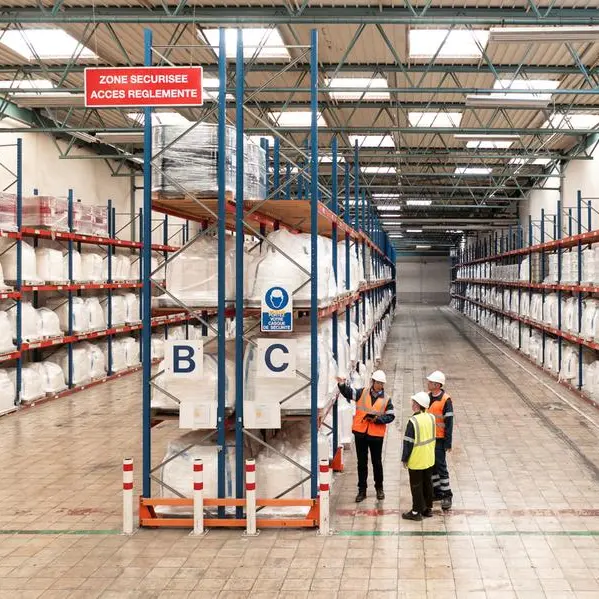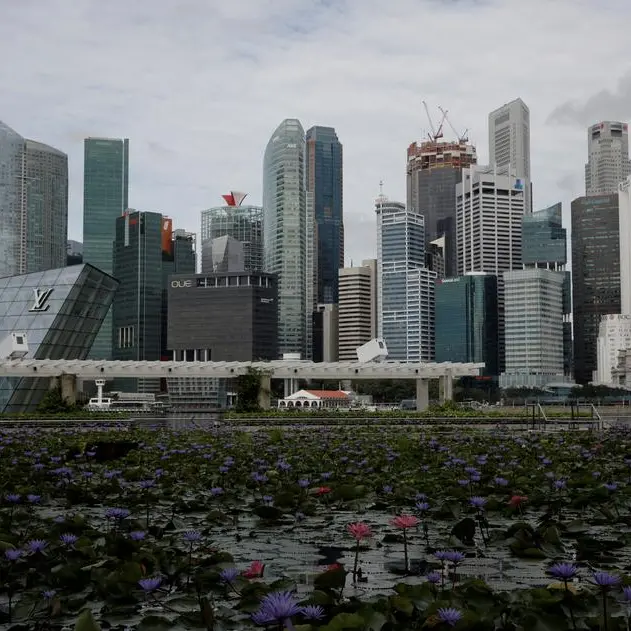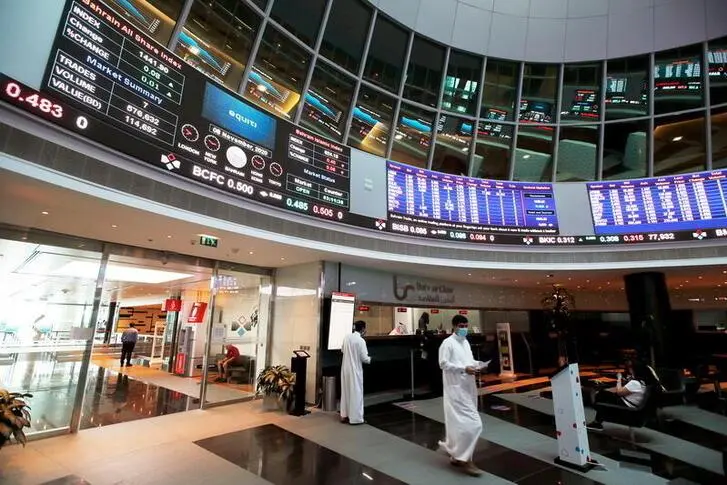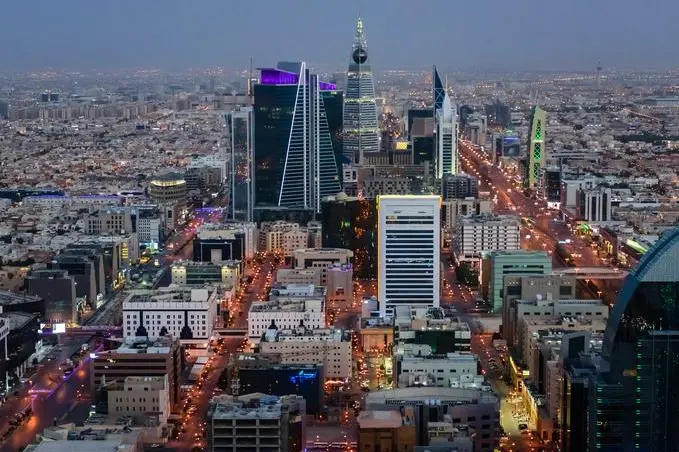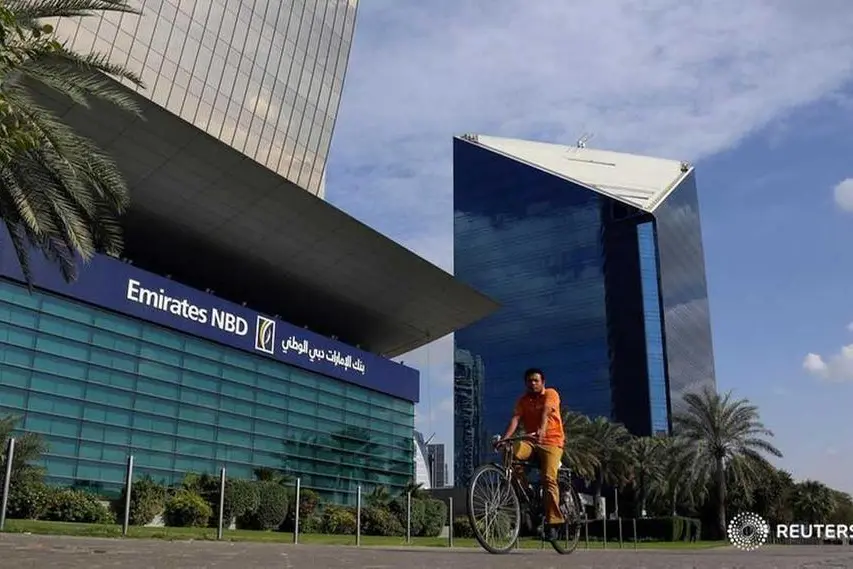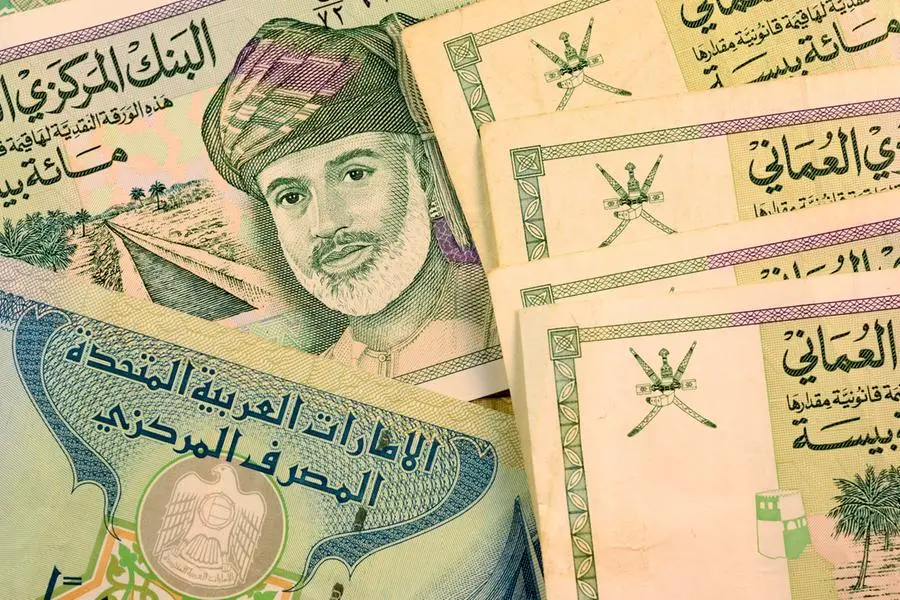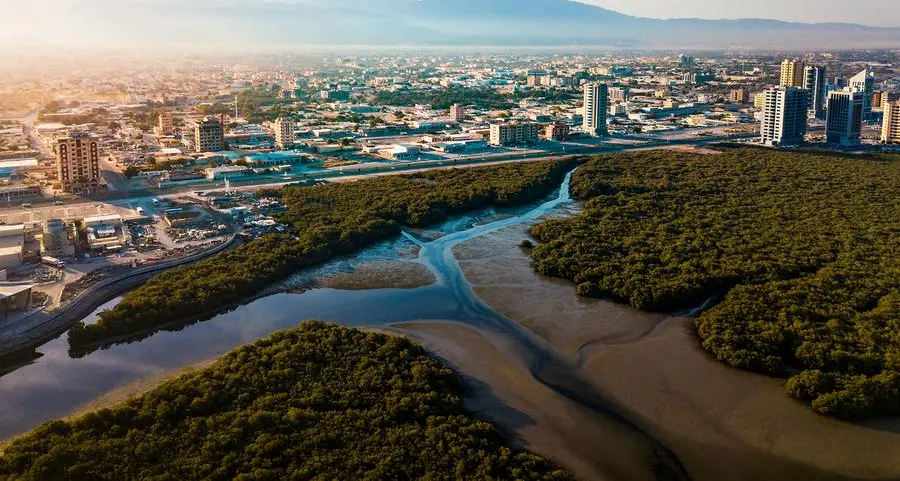PHOTO
Image used for illustrative purpose. Getty Images
Besides demonstrating a deep respect for rural life, the opening line of the William Cowper poem — God Made the Country — tells an inadvertent tourism story. Cities worldwide benefit from a large influx of tourists attracted by smooth communication networks and modern infrastructure, driven by disposable income and a desire to explore different cultures and meet new people at various attractions.
The Middle East is no exception to the trend. Home to some of the world’s oldest civilisations, the region boasts a rich cultural heritage reflected in its art, architecture, food, music, and traditions, offering a unique travel experience. Last year, the Middle East recorded a remarkable relative increase in international tourist numbers, reaching 83 per cent of pre-pandemic levels. However, while cities benefit significantly from tourist footfalls, the region’s rural tourism potential seems to have largely gone unnoticed.
Things are changing, thanks to the UNWTO’s Best Tourism Villages programme. Recognising over 70 villages from 40 countries, this programme is slowly but surely rewriting the script. By highlighting villages with preserved cultures and traditions, such initiatives have the potential to deliver jobs, support businesses, and celebrate and protect local traditions. These projects celebrate diversity and create opportunities around it, making them true game-changers.
Each village has its unique identity and attributes; through workshops, virtual meetings, and other initiatives, they are learning to improve. The UNWTO’s upgrade programme takes this to another level, and the initiative’s third edition is now open for applications. The outcome and impact of such efforts justify the resources invested in them. Here are some examples from the region:
The gingerbread village
One such example is the Rijal Alma’a Heritage Village in Saudi Arabia. Located in the Asir region in the southwest, near Abha, the village has a history that dates back almost 1,000 years. Rijal Alma’a was a critical connecting point for people travelling from Yemen, the east, and especially those passing through the holy cities of Makkah and Madinah, making it an important commercial centre.
In addition to its strategic location, Rijal Alma’a needed other unique attributes to attract tourists. According to the UNWTO, the village is known for its distinctive building design and architecture, which resemble gingerbread houses, earning it the moniker of “gingerbread village”. With public and private sector participation, a rehabilitation project was launched to make tourism a key driver of sustainable rural development. Rijal Alma’a is now integrating with its surroundings to create cultural tourism opportunities that support rural development.
The village arts district
In Saudi Arabia, another village worth mentioning is the Al Ula Old Town, which boasts over 900 traditional buildings made from mud brick, with at least 100 restored using conventional building methods. The village has an arts district that serves as a school for women to learn traditional handicraft skills like pottery and jewellery-making and create products to be sold in tourist shops.
Al Ula Old Town is dedicated to preserving its cultural heritage, including local dance, music, poetry, and storytelling traditions, and showcasing them during cultural festivities. Additionally, the village’s ecosystem creates a micro-climate inside the farms, allowing for various crops’ growth and enhancing food security. Traditional farming practices and livestock breeding are also preserved through generations in the Al Jadidah farms.
Lebanon’s pine forest village
Bkassine, one of Lebanon’s most picturesque villages, is a charming community located in the country’s south, 70km from Beirut, at an average altitude of 800 metres. Its glorious 200-hectare pine forest, the largest in the Middle East, has made it a privileged tourist centre, thanks to its preserved natural environment and excellent climate.
The village’s central meeting place is St. Takla church, where events such as the annual Bkassine festival take place. Its narrow streets and greenery are home to spectacular red-roofed houses, and the range of natural contrasts, from bare mountains to lush valleys watered by waterfalls, make it stand out. The pine forest is the village’s most important feature, attracting tourists and offering excellent opportunities for pine nut harvesting.
Oasis and natural reserves
Misfat Al Abriyeen in Oman is an oasis village that has been a self-sustaining cohesive community based on ancient falaj irrigation systems for at least 2,000 years. Located deep within a formidable mountain chain that stretches in an arc across the Oman Peninsula, the village is notable for its traditional architecture and agriculture. The vision is to restore Misfat as a fully functioning, self-sufficient, and networked rural unit that plays a vital role in creating a sustainable future for the country.
Umm Qais village in Jordan is picturesque and part of the Al Yarmouk Nature Reserve, the last natural extension of the deciduous oak forest, the national tree of Jordan. It possesses many perennial trees and rare forms of vegetation and is developing the Aqueduct Tunnel to scale up the adventure tourism experience. The Aqueduct is designed to be the longest water tunnel in the world, with a length of 164km that connects Southern Syria to the archaeological site of Umm Qais.
According to Zurab Pololikashvili, secretary-general of the UNWTO, tourism is a powerful force for rural communities’ growth and opportunity. “With the Best Tourism Villages by the UNWTO, we recognise and celebrate those destinations where this force is being truly embraced, whether it’s creating jobs and supporting businesses or preserving local heritage. We look forward to continuing to grow with our Best Tourism Villages Network both in size and influence,” says Pololikashvili.
Many illustrious communities across the Middle East are already benefiting from this programme, and many more have the potential to become major tourist destinations. The region should identify such villages, enhance their attributes, and market them to the tourists arriving at our shores from across the world. That would be akin to making the region’s villages as exemplary as its famous cities.
(Ehtesham Shahid is an editor and researcher based in the UAE.)
Copyright © 2022 Khaleej Times. All Rights Reserved. Provided by SyndiGate Media Inc. (Syndigate.info).


